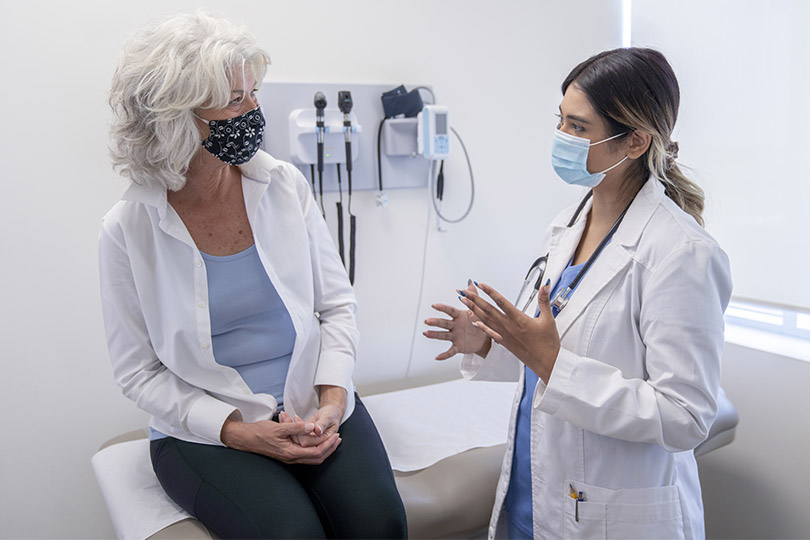Urinary Incontinence
Types of Urinary Incontinence
Stress incontinence is the loss of urine during sneezing, coughing, exercising, laughing or any similar activities. These activities cause an increase in abdominal pressure and the sphincter muscles cannot hold back the urine. Stress incontinence is frequently found in women, especially after childbirth. Men can also suffer from stress incontinence following prostatectomy.
Urge incontinence is the sudden sensation to urinate and the inability to control that urgency. Urge incontinence is common in the elderly, but can also affect younger people. The urgency may be present both day and night and may be associated with medical conditions affecting the nervous system, such as diabetes, Parkinson’s disease and multiple sclerosis. Bladder infections and prostate enlargement may also cause urgency and urge incontinence.
Mixed incontinence is a combination of stress incontinence and urge incontinence.
Overflow incontinence is a condition in which there is a constant or frequent small amount of urine leaking from a bladder that does not empty. As the bladder remains full, the muscle stretches as more urine accumulates. Over time the muscles become less effective at contracting to empty the urine. This type of incontinence is important to treat. If the urine remains long enough in the bladder, infections may occur and could pose serious health risks.
Symptoms of Urinary Incontinence
Urinary incontinence symptoms vary from person to person. Ask yourself these questions to see if you have any of the symptoms.
Do you leak urine:
- When you sneeze, cough or laugh?
- When you get up from a seated position or lift something heavy?
- When you walk or exercise?
- When you have the urge to urinate and cannot get to the bathroom in time?
- When you hear water running or on cold days?
- While sleeping?
- Following surgery?
Do you:
- Get up more than twice a night to urinate?
- Go to the bathroom so frequently that you know where all the bathrooms are wherever you go?
Causes of Incontinence
There are many causes of urinary incontinence. Some of these causes are related to temporary conditions. Once they are treated, the incontinence usually goes away.
Temporary causes include:
- Urinary tract infection
- Constipation
- Certain medications
- Increased dietary intake of caffeine, alcohol, artificial sweeteners or carbonated beverages
Other causes of incontinence, though permanent in nature, can often be treated. These causes include:
- Weakness of the muscles holding the bladder in place
- Weakness of the bladder and/or the sphincter muscles
- Overactive or underactive bladder muscles
- Decreases in certain hormones, especially estrogen
- Neurological disorders (such as multiple sclerosis or Parkinson’s disease)
- Blockage of the urethra (such as from prostate enlargement)
Clinical Evaluation
At Lahey Hospital & Medical Center’s Continence Center, we spend time with each new patient to discuss his or her specific urinary symptoms. Female patients will also have a physical examination that assesses vaginal tissues, bladder and rectal support, and urethral mobility. Male patients may have a rectal examination done to check the status of their prostate gland.
A bladder ultrasound may be performed. An ultrasound is a quick, painless test in which a special probe is placed over the lower abdomen. The ultrasound then determines the quantity of urine in the bladder. This information is helpful to see if a person empties his or her bladder completely when urinating.
A sample of urine may be sent for laboratory analysis to check for infection or the presence of blood in the urine.
Our physicians may recommend other testing, such as urodynamics, to accurately diagnose and treat particular types of incontinence. A urodynamic study is a series of tests and x-rays that provides a detailed look at the functioning of the bladder, urethra and sphincters, and helps to diagnose problems with storing urine or urinating.

